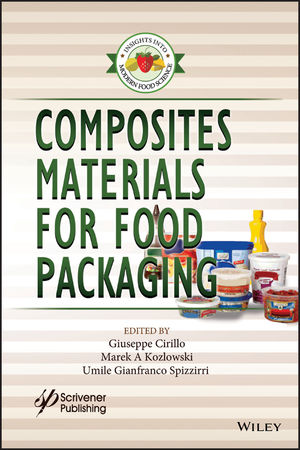Editor's Note: No passing fancy for food makers

Back in the days when people first started talking about nutraceuticals, I can remember industry colleagues wrestling with the true definition of these products and arguing about how to spell the word. Frequents discussions on the subject included whether the terms “functional foods” or “pharmafoods” were better descriptors and if this new thing was just a passing fancy.
In 1990, just a few years after the term “nutraceuticals” first hit the street, it made Webster’s Dictionary. Here’s the definition of nutraceutical from the dictionary’s current online version: “A foodstuff (as a fortified food or dietary supplement) that provides health benefits.” OK, I thought, that’s a good, simple definition of this industry segment. When I checked the same definition on dictionary.com, I had to chuckle just a bit: “A food or naturally occurring food supplement thought to have a beneficial effect on human health.”
Today, nearly 20 years after the word was coined, we have Lutein for eyes, vitamin E for Alzheimer’s, soy for osteoporosis, tree resin for cholesterol and cancer-fighting tomatoes. (See Manufacturing News in this issue, page 11, for an update on the tomatoes.)
Industry consultants and market researchers continue to tout nutraceuticals as a major growth area for the food and beverage industry. Many of the purported health-enhancing foods or ingredients can be found in products targeting the aging baby boomer market. But while many new supplements have entered the nutraceutical market, according to a report by Functional Foodwire, comparatively few food and beverage products have come on the scene.
Why? After nearly 20 years of work in this segment, food and beverage companies still face many obstacles in the manufacture and distribution of good tasting, affordable, health-enhancing products. Marketing these products is no easy task either. Much of this segment is still a buying bastion of the rich and educated. Food marketers must face the challenge of not only educating consumers on which products to choose, but also training consumers to ingest the proper amount of these food and beverages for their own good.
Calcium-containing products such as juices and water may sound great to the average consumer, but as a two-time loser in the kidney stone game, you won’t see me chugging any of these drinks.
I’ve been eating the Kashi cereal line for breakfast now for over a year. The products claim to contain cholesterol-lowing fiber. But it was certainly not my intention to eat this cereal to lower my cholesterol. I was just looking for a healthy low-calorie, alternative to my past morning regime of a Philly soft pretzel or a bagel. Nonetheless, it will be interesting to see if this baby boomer’s cholesterol has dropped a bit since the last check up.
Today, functional foods are making their way into pet foods. This market segment shows great promise according to a study from Packaged Facts. With pet ownership at an all-time high in the U.S., I can see the appeal of foods claiming to help improve pet oral care and skin care. While I’m not a pet owner myself, I know a few people who would love to decrease their bills with the doggie dermatologist.
Despite the potential for growth in both the functional human and pet food segment, manufacturing issues still remain a top challenge. Tighter controls, smaller batches and labeling issues make this one a tough task to master. The consumer education issue in functional foods, however difficult, may prove to be the easier one to overcome.
This just in—Kirin Brewery in Japan now reports drinking beer may help reduce osteoporosis. Perhaps the old Guinness marketing slogan “Guinness is Good for You” was right all along.
Cheers!
Looking for a reprint of this article?
From high-res PDFs to custom plaques, order your copy today!








